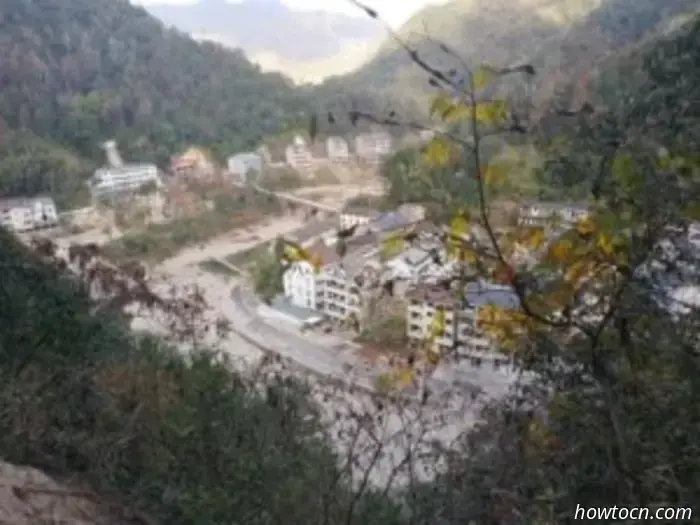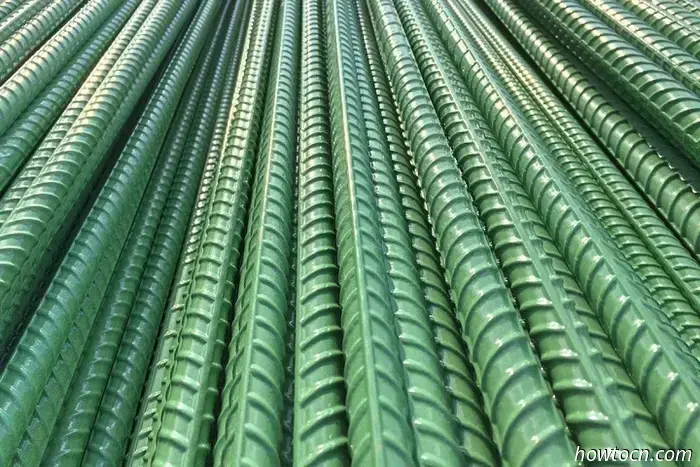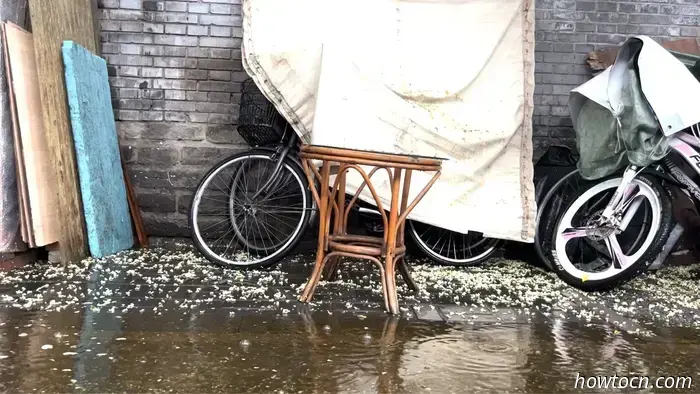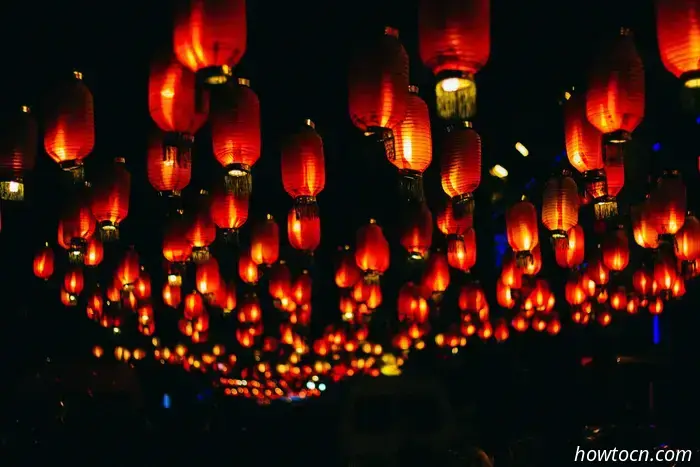
In September 2021, the Minister for Water Resources declared in a press release that during the Thirteenth Five-Year Plan (2016-2020), the coverage of centralized water supply and tap water in rural areas increased from 82 percent and 76 percent, respectively, to 88 percent and 83 percent by 2020. The longstanding issue of rural residents struggling to access safe and reliable water supply was effectively resolved. Three years before this announcement, Zhejiang province had reported that 99 percent of its villages had access to tap water, positioning itself as a national leader in providing secure drinking water to rural communities.
However, in Wood-Stone Village (a pseudonym), a small settlement located in the mountains of Zhejiang province approximately 350 km from Hangzhou, residents had to rely on inadequately treated river water due to a shortage of potable tap water exacerbated by drought and unusually cold weather from October 2020 to January 2021. This situation raises concerns about the government’s centralized water provision strategy for rural residents, and more critically, how villages in China will manage the serious repercussions of climate change on access to drinking water.
Changes in Water Supply in Wood-Stone Village
In Wood-Stone Village, homes are situated near the riverbanks, surrounded by lush green hills. Before the installation of several water tanks on nearby hills two decades ago, villagers depended on two primary sources for water: untreated water sourced from mountain springs and groundwater pumped directly to their homes. One male villager in his late forties recalls bamboo pipes that brought water from the mountain springs. Another villager in his sixties, who constructed the first concrete house in the village, mentioned that he set up a private pump to extract underground water over thirty years ago when he built his home.
Houses built in Wood-Stone after the 1980s and the dry river observed in the winter of 2020
Villagers ceased using river water long ago, primarily because the river often dries up in late fall and winter, and also due to concerns over pollution. An elderly villager shared that in the 1980s, after chemical fertilizers replaced the traditional use of human excrement in agriculture, treated night soil was directly disposed of into the river. Approximately five years ago, local officials funded a collective septic tank to manage human waste and enhance the water environment, but villagers continued to use chemical fertilizers in their vegetable gardens along the riverbanks, allowing runoff to degrade water quality.
Around the early 2000s, the county government partially funded a community water tank near the local school in Wood-Stone Village (referred to as "the old water tank"). Instead of using bamboo poles, mountain spring water was redirected to the tank. After purification, this tank water was supplied to every household in Wood-Stone via metal pipes. Prior to the construction of the old water tank, villagers established smaller sedimentation tanks to settle particles such as soil and sand for basic purification under local government guidance, but they still boiled the water before consumption.
The old water tank located by the village school on the hill in Wood-Stone Village
With increasing government and community investments in collective water tanks and enhanced purification methods, villagers became accustomed to the convenience and safety of tap water, leading to the decline of traditional water collection methods. By the winter of 2020, the old water tank was being managed by a construction team renting the now-closed school, continuing to supply water to some villagers.
The water valve next to the water tank that a village committee member operates to conserve water during drought times
Approximately five years ago, the County Bureau of Water Resources covered over 80 percent of the costs for a new, larger water tank built at a higher elevation than the old one (referred to as "the new water tank"). The government also installed water purification equipment. Since then, this new water tank has become the primary source of drinking water for Wood-Stone residents. However, some villagers criticized the quality of the water from the new tank due to inconsistent maintenance and oversight, with the tank being cleaned about once a year. Presently, only one village committee member oversees its daily operations, often checking the tank after heavy rain and shutting off the valve when the water supply is low to save water for evening use.
Extreme Weather and Unstable Tap Water Supply
During the drought in 2020, which began in October and depleted the mountain springs, villagers resorted to what little water remained in the river for drinking. Daily activities during winter, such as making rice wine, preparing handmade noodles, constructing houses, and watering vegetable gardens, were all adversely affected by this water scarcity. Wood-Stone Village was not isolated in this struggle; three-quarters of Zhejiang province, comparable in size to South Korea, experienced water shortages. The Provincial Office of Emergency Management cited insufficient infrastructure for collecting water in mountainous areas, along with an abnormal lack of rainfall that year, as primary causes of the shortages. Other southern provinces






China's iron and steel sector ranks as the second largest carbon emitter, contributing roughly 17 percent of the nation's total emissions. Scientists and policymakers advocate for 'green steel,' which is produced using carbon-free reductants like hydrogen—instead of coal—as a global strategy to lower carbon emissions. Although transitioning to more sustainable steel production in China will take time and involve significant investment in the industry, it will significantly influence Australia's export market.

To celebrate the Lunar New Year, we reached out to influential figures in the capital to find out how they would spend 24 hours in Beijing.

Beijing has several bars that feature pool tables. Here are some of our top recommendations.

Here’s an overview of how the Lunar New Year is celebrated in other countries.

The year 2021 witnessed a series of notable celebrity cancellations, such as actor Zhang Zhehan, known for the popular danmei 耽美 (Boys' Love) series Word of Honor, pop star Kris Wu 吴亦凡 who was detained on allegations of rape, and actress Zheng Shuang 郑爽 who faced penalties for tax evasion. The emergence of this heightened culture of celebrity cancellations in China is not solely driven by authentic social sentiments or the tightening control of the Party-State; instead, it is fueled by an increasingly competitive industry with monopolistic influence that spans social media platforms, streaming and video-sharing services, along with state-run media.

Prior to the Lunar New Year of 2022, a video surfaced on Chinese social media showing a woman chained by her neck to a wall. The incident involving Little Plum Blossom has resonated across China in a manner that earlier human trafficking cases have not.
In 2019, Zhejiang province reported that 99 percent of its villages had access to tap water, establishing itself as a national frontrunner in providing safe drinking water to rural communities. However, in Wood-Stone Village, a small settlement located about 350 km from Hangzhou in the mountainous region of Zhejiang province, residents have been forced to rely on inadequately treated river water due to a lack of drinkable tap water exacerbated by drought and unusually cold weather. This situation calls into question the government's centralized strategy for supplying water to rural areas and raises concerns about how villages across China will manage the severe effects of climate change on drinking water availability.